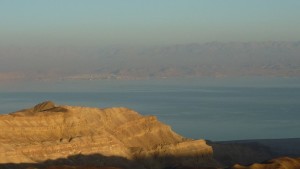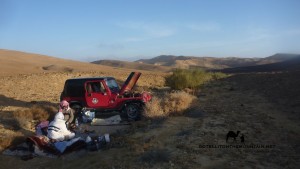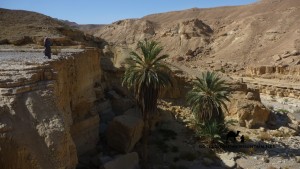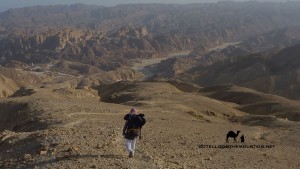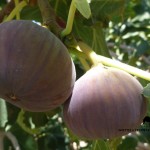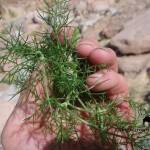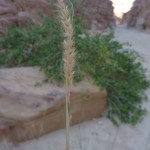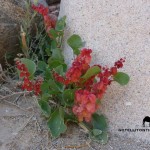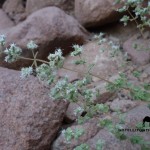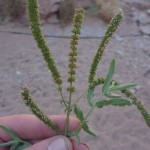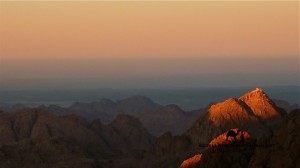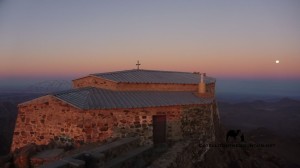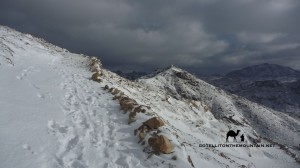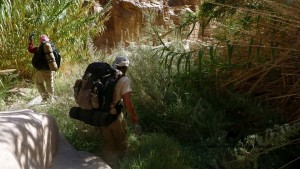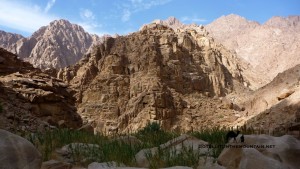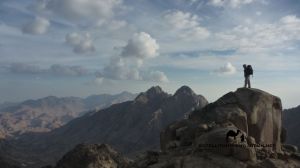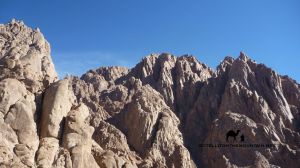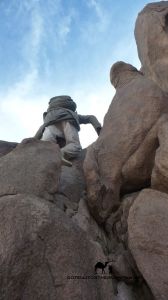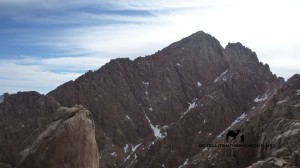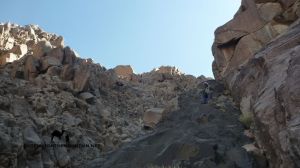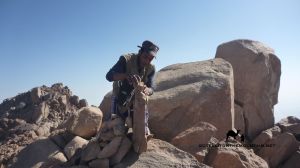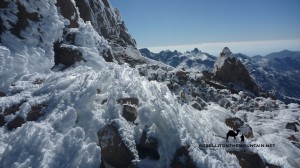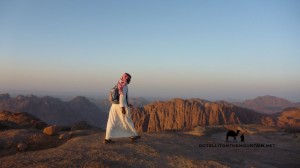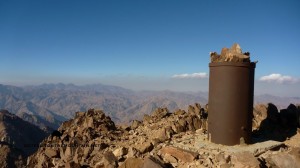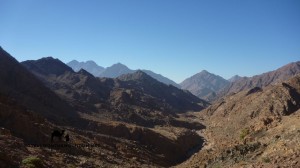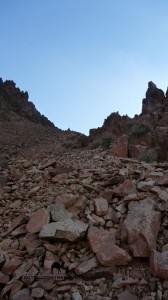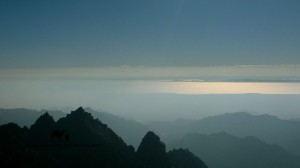June 13, 2015
The Sinai: cool places to sleep
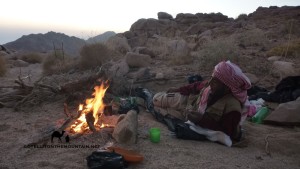 ‘Spread a blanket beneath an apple tree and it’ll only gather apples’ wrote French author Antoine de Saint Exupery in Wind Sand and Stars. ‘Spread a blanket beneath the stars’ – he carried on – ‘and it’ll gather the dust of stars’. Like the Bedouin, he was a man who loved the desert; especially at night. He liked to lie back, face to face with the universe, gazing up at the glittering heavens and immersing himself in a picture of eternity. I’m sort of like that. Sleeping under the stars – out in the open, without a tent – is about as good as it gets for me. The Bedouin call it the ‘million star hotel’. And I’m totally with them. When I go back to sleeping inside I feel trapped with a roof over me. Tents can be good sometimes – like in winter – but I still don’t usually carry one. Neither do the Bedouin. They like to travel light, finding shelter if they need it. And sometimes, you DO need it. Sometimes it’s cold or windy or raining or whatever.
‘Spread a blanket beneath an apple tree and it’ll only gather apples’ wrote French author Antoine de Saint Exupery in Wind Sand and Stars. ‘Spread a blanket beneath the stars’ – he carried on – ‘and it’ll gather the dust of stars’. Like the Bedouin, he was a man who loved the desert; especially at night. He liked to lie back, face to face with the universe, gazing up at the glittering heavens and immersing himself in a picture of eternity. I’m sort of like that. Sleeping under the stars – out in the open, without a tent – is about as good as it gets for me. The Bedouin call it the ‘million star hotel’. And I’m totally with them. When I go back to sleeping inside I feel trapped with a roof over me. Tents can be good sometimes – like in winter – but I still don’t usually carry one. Neither do the Bedouin. They like to travel light, finding shelter if they need it. And sometimes, you DO need it. Sometimes it’s cold or windy or raining or whatever.
Luckily, the Sinai has plenty of shelter. A cave, an old shepherd’s house; a hermit cell, a rock with a hole under it. Basic – yes but with a beautiful, epic, lost age feel.
So here are the COOLEST places to sleep if you’re on a hike:
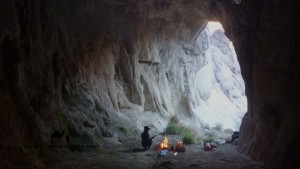 CAVES – there’ll always be something cool to me about sleeping in a cave. I actually enquired about renovating and living in a cave near St Katherine once (alas, it didn’t work out). Sleeping in a cave puts you inside the landscape. It makes you feel part of it. Caves are always atmospheric, especially with a fire at night. The cave in the pic is Kahf el Ghoula – The Ghoul’s Cave – on Jebel el Rabba. It’s OK but a bit damp and if anything too big to really get warm. My favourite caves to sleep in are in Wadi Maghara, near Wadi Feiran; actually, they’re not caves, they’re ancient mines from Pharaonic times. They’re great shelter and gaze out over a beautiful sweep of mountains.
CAVES – there’ll always be something cool to me about sleeping in a cave. I actually enquired about renovating and living in a cave near St Katherine once (alas, it didn’t work out). Sleeping in a cave puts you inside the landscape. It makes you feel part of it. Caves are always atmospheric, especially with a fire at night. The cave in the pic is Kahf el Ghoula – The Ghoul’s Cave – on Jebel el Rabba. It’s OK but a bit damp and if anything too big to really get warm. My favourite caves to sleep in are in Wadi Maghara, near Wadi Feiran; actually, they’re not caves, they’re ancient mines from Pharaonic times. They’re great shelter and gaze out over a beautiful sweep of mountains.
 HERMIT CELLS – these might be the Sinai’s best spots to sleep. They’re basically boulder houses built over a thousand years ago by Christians seeking refuge and solitude in the wilderness. Some are more advanced than others, like the one in the pic. You can see my red bag next to the door. Walk in and there’s a big porch where you can leave your stuff and make a fire. Crouch down and a little wooden door lets you into the main chamber which has sleeping platforms, shelves and air vents. It’s near Jebel Bab el Dunya and I slept here for two nights in a heavy snowfall in December 2013. There are other good ones on Jebel el Deir, Mount Sinai and in lots of other secret mountain spots.
HERMIT CELLS – these might be the Sinai’s best spots to sleep. They’re basically boulder houses built over a thousand years ago by Christians seeking refuge and solitude in the wilderness. Some are more advanced than others, like the one in the pic. You can see my red bag next to the door. Walk in and there’s a big porch where you can leave your stuff and make a fire. Crouch down and a little wooden door lets you into the main chamber which has sleeping platforms, shelves and air vents. It’s near Jebel Bab el Dunya and I slept here for two nights in a heavy snowfall in December 2013. There are other good ones on Jebel el Deir, Mount Sinai and in lots of other secret mountain spots.
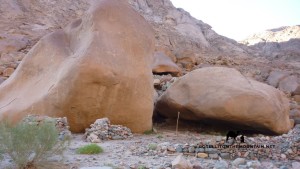 HOLLOWS & HOLES– go to the desert parts of the Sinai and you’ll find landscapes with a surreal, Salvador Dali type vibe. Some of the rocks look like they’re melting in the sun, with strange droops in their sides and psychedelic swirls of colour. It’s all because of the way the sandstone erodes here; occasionally, the erosion creates bigger hollows into which you can crawl and use as sleeping pods. Some even have holes in the side, like windows. The best are on Jebel Mileihis. But they’re hidden well – so you’ll have to hunt. Higher in the mountains, you don’t usually get the same sort of thing; the closest equivalent are holes under big boulders, like in the pic above.
HOLLOWS & HOLES– go to the desert parts of the Sinai and you’ll find landscapes with a surreal, Salvador Dali type vibe. Some of the rocks look like they’re melting in the sun, with strange droops in their sides and psychedelic swirls of colour. It’s all because of the way the sandstone erodes here; occasionally, the erosion creates bigger hollows into which you can crawl and use as sleeping pods. Some even have holes in the side, like windows. The best are on Jebel Mileihis. But they’re hidden well – so you’ll have to hunt. Higher in the mountains, you don’t usually get the same sort of thing; the closest equivalent are holes under big boulders, like in the pic above.
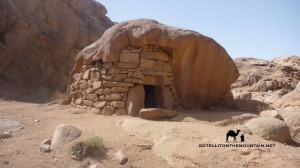 BEDOUIN SHELTERS – the Bedouin built an extensive network of shelters in the Sinai. They’re like hermit cells but they’re not usually as ancient and the Bedouin didn’t live in them long term either. They were built for Bedouin travellers or for ibex hunters – who still use them today. There are also old storehouses, which the Bedouin used for storing brushwood and provisions for when they needed them. They’re well hidden and just look like a small door in the cliff. Storehouses are usually a bit small; but if you really need shelter you can still squeeze inside and use them. My favourite shelter is near Jebel el Thebt; a totally hidden boulder house in a remote, windswept wadi.
BEDOUIN SHELTERS – the Bedouin built an extensive network of shelters in the Sinai. They’re like hermit cells but they’re not usually as ancient and the Bedouin didn’t live in them long term either. They were built for Bedouin travellers or for ibex hunters – who still use them today. There are also old storehouses, which the Bedouin used for storing brushwood and provisions for when they needed them. They’re well hidden and just look like a small door in the cliff. Storehouses are usually a bit small; but if you really need shelter you can still squeeze inside and use them. My favourite shelter is near Jebel el Thebt; a totally hidden boulder house in a remote, windswept wadi.
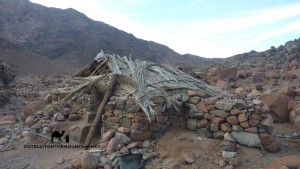 HUTS, HOUSES & RUINS – OK, a hut doesn’t have the rugged charm of a cave, but these are still pretty cool places to sleep. Some huts are owned by the Monastery of St Katherine and usually have a crucifix on the door. There are old Bedouin houses too; four stone walls with a palm fond roof, still sometimes used. If you find people inside, they’ll always welcome you the Bedouin way. I reckon the best are in Wadi Sigillia, a wadi with waterfalls. Finally, look out for old ruins. Few have roofs but they give good windbreaks. And you sleep inside history itself. Not many folks can say they’ve slept in a Byzantine monastery or Ottoman Palace – unless they’ve been to Sinai…
HUTS, HOUSES & RUINS – OK, a hut doesn’t have the rugged charm of a cave, but these are still pretty cool places to sleep. Some huts are owned by the Monastery of St Katherine and usually have a crucifix on the door. There are old Bedouin houses too; four stone walls with a palm fond roof, still sometimes used. If you find people inside, they’ll always welcome you the Bedouin way. I reckon the best are in Wadi Sigillia, a wadi with waterfalls. Finally, look out for old ruins. Few have roofs but they give good windbreaks. And you sleep inside history itself. Not many folks can say they’ve slept in a Byzantine monastery or Ottoman Palace – unless they’ve been to Sinai…
Finally: an obligatory word to the wise. Shelter in the Sinai isn’t always easy to find; often, it’s hidden, because the Bedouin like it that way. You can walk past an amazing shelter, mistaking it for any old rock. Most of the Bedouin know where shelter is because they know the area. If they don’t, they know how to find it. Or make it. Before hiking without a tent – which gives cover anywhere, anytime – check the weather forecast and know where the shelters are. As well as knowing where the shelters are also know how to find or make one in an emergency. There’s nothing better than a good Bedouin guide to keep you safe – so do your research and use one. Finally, remember to leave shelters as you find them; and, if you can, to leave some useful stuff behind – e.g. sugar, tea, wood – because you never know, the people who follow you might really, really need it…
